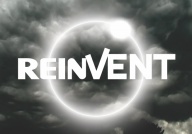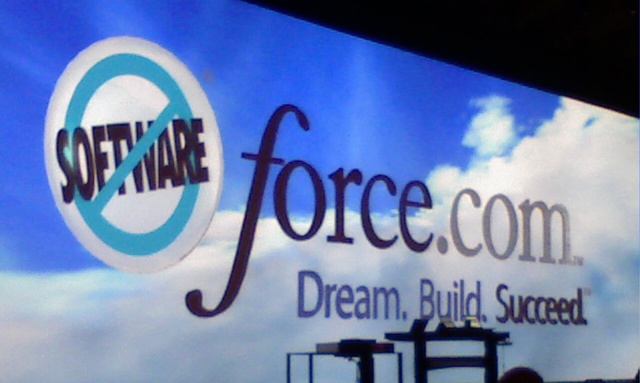How software architectures follow Moore’s Law
Monday, an article was posted on Forbes titled “Why Software Doesn’t Follow Moore’s Lawâ€. This topic has been on my mind some lately as we’ve been working to rollout a new platform with greater scalability, lower maintenance costs, and significantly enhanced capabilities. For engineers that have worked only on the new platform, it is easy to disparage the original platform. Many of them were were not even professional engineers when the original platform was written and they lose sight of how software architectures have changed over the years from the traditional three tier architecture to the lambda architectures of today.
It’s interesting to break this down a bit more. Are engineers smarter today than they were 8-10 years ago? And were those of 10 years ago smarter than those of 20 years past? In my humble estimation no, and one could argue todays graduates know appreciably less about how computers actually work but lets not digress.
What has changed is the way software is constructed. One can argue that modern languages have a major role to play in this, but one can argue also they are an outcome of the changes in architecture. But why has the architectural change occurred?
I believe a significant part of the change in software architecture is attributable to Moore’s law, somewhat in opposition to Mr Maccaba’s article in Forbes this week. Certainly engineers 10 and perhaps 20 years ago understood the advantages of isolation and service oriented architectures. Why didn’t they build systems in this way?
A major reason what that the systems and networks in place really couldn’t support it. Without gigabit networks, fast processors, and super cheap compute, the emphasis was on highly optimized code paths. REST Call? You would have been laughed out of town. Now the opposite is true.
Thus, Moores law has enabled much less efficient architectures to be feasible. Mr Maccaba also asserts this, but missed the point. These new architectures are much more scalable, can be built with fewer dependencies, can be changed independently since they are loosely coupled, and allow previously unobtainable compute goals to be broken down into independent parts and delivered. This is true whether we are talking about large scale web application infrastructure or big data analytics.
By constructing software architectures that take advantage of Moore’s law, we are solving problems that could never be solved before and constructing software systems of higher quality that we can actually deliver in much faster times to market. While certainly not doubling every 18 months, the time to market of new highly scalable solutions is measured in months today instead of years.
At the end of the day, I feel the point Mr Maccaba has missed here is that Moore’s law doesn’t apply to humans. Thus, we leverage Moore’s law to make humans more effective in software engineering through architectures that do deliver significant increases in scalability, quality, and capability.








